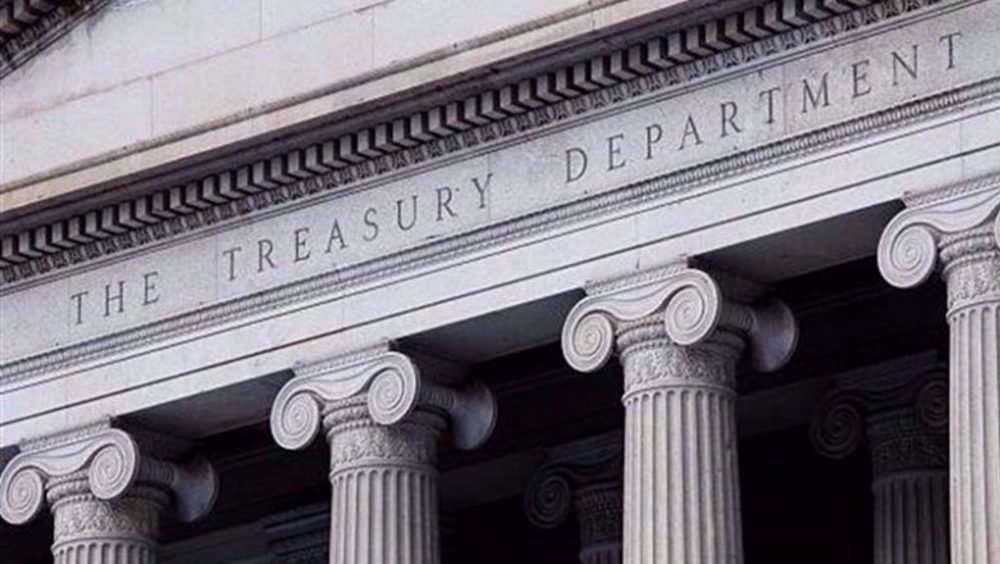Chinese capital declares 2nd red alert over air pollution
China’s capital, Beijing, has declared the second red alert for smog this month in an effort to protect its citizens against poisonous gases and pollutant particles.
The high level of air pollution prompted authorities to enforce vehicle restrictions and shut down schools on Friday.
A wave of smog is due to settle over the city of about 22.5 million people from Saturday to Tuesday. Levels of PM2.5, the smallest and deadliest airborne particles, are set to top 500, according to the official Beijing government website.
That is more than 20 times the level that is considered safe by the World Health Organization.
Half the city’s cars will be forced off the road on any given day, while barbecue grills and other outdoor smoke sources will be banned and factory production restricted.
Visibility in some parts of Beijing will fall to fewer than 500 meters (about 1,600 feet) on Tuesday, when the smog will be at its worst, the city government website said.
Smog red alerts are triggered when levels of PM2.5 above 300 are forecast to last for more than 72 hours.
Although the four-tier smog warning system was launched two years ago, Beijing had not issued a red alert until last week, drawing accusations that it was ignoring serious bouts of smog to avoid the economic costs.
Some residents have defied the odd-even license plate number traffic restrictions and complained about the need to stay home from work to accompany housebound children. Others have used the break from school to travel to locales where the air is better.

Scientific studies attribute 1.4 million premature deaths per year to China’s smog, or almost 4,000 per day.
Coal-fired power plants, vehicle emissions, building construction and factory work are the main factors to blame for most of the pollution in China’s capital. The Chinese government is mulling the reduction of hazardous emissions from coal-fired power plants by 50 percent over the next five years.
Smog also strikes much of northern China on a regular basis. The phenomenon sometimes forces the closure of highways due to poor visibility.

Over 60 percent of electricity in the country depends on coal. China is still in the process of shifting to nuclear, solar and wind power for energy.
Araghchi: Iran-Russia strategic deal step toward ‘more just world’
UNRWA unraveled amid Israel's allegations, reduced intl. support
Palestinian journalist, a Sobh Media Festival awardee, killed in Gaza hours before truce
Jan. 15: ‘Axis of Resistance’ operations against Israeli occupation
VIDEO | Fears, hope in Gaza amid intensified ceasefire efforts
VIDEO | Press TV's news headlines
Hamas: Ceasefire agreement result of steadfastness, resistance in Gaza over 15 months
Hamas thanks Iran, Resistance Front following achievement of ceasefire in Gaza















 This makes it easy to access the Press TV website
This makes it easy to access the Press TV website